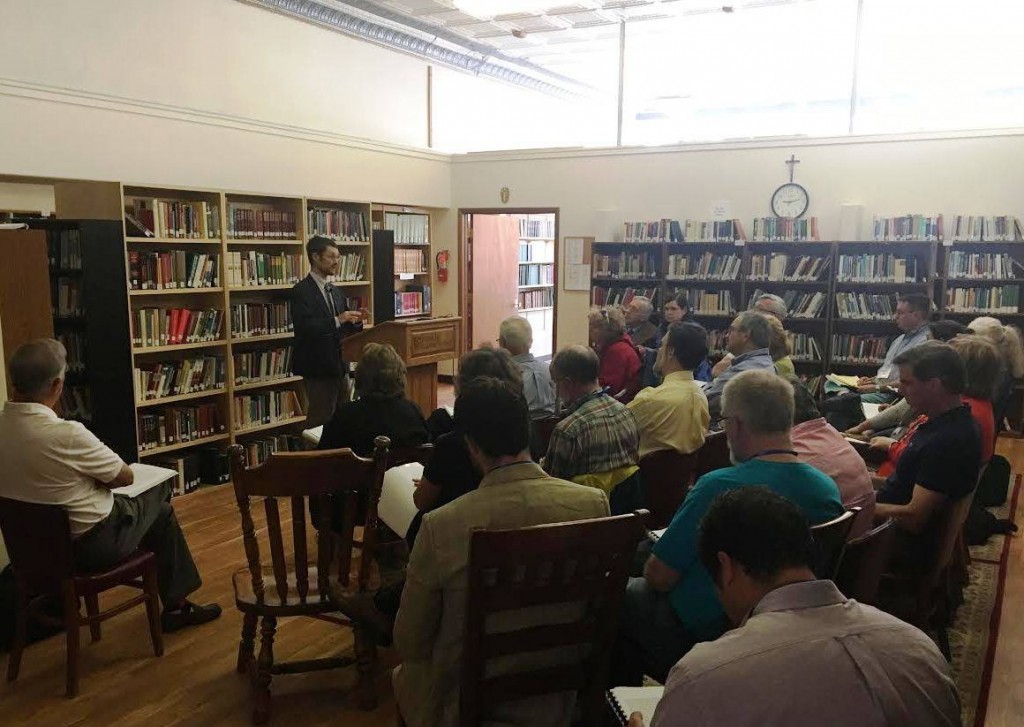The Solemnity of All Saints stands out for me as—well, solemn. By celebrating the communion of saints as such, the day seems to offer thanksgiving for the fact that we celebrate the saints, for the very existence of the sanctoral cycle. So every November 1st, I find myself reflecting on the fact of sacred days and times.
Charles Taylor argues that a loss of the sense of sacred time was key in the transition to modernity. Medieval man experienced times as defined by content and as ordered not only by chronology alone, so that “Good Friday 1998 is closer in a way to the original day of the Crucifixion than mid-summer’s day 1997.” But modern man experiences time as homogeneous and empty, ordered simply by one time’s replacing another in sequence. Modern man can believe in eternity, says Taylor, but he can’t experience eternity’s penetration into time in a naïve, unreflective way.
Taylor is surely right that this was one strand in the transition to secularity. But how absolute a doom is modernity? Can a man today experience sacred time in an immediate way, or will it always be mediated to him through some kind of abstract consideration? Or will it—even worse—always be constituted by a wistful recollection of a bygone era when Christians really experienced the seasons, like those nostalgic Christmas cards depicting horses and sleighs and Victorian houses?
In this post, I want to describe my own experience of sacred time. I don’t know whether it would count for Taylor as “immediate” or “naïve,” but there is something immediate and unreflective about it to me. The experience is complex, because time is complex. Continue reading “Experiencing Sacred Time”





